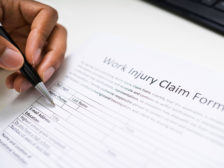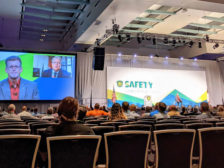Columns
Best Practices
OHS expert witnesses in demand with new forms of litigation due to workplace injury disputes
October 18, 2021
Editorial Comments
Heat exposure has killed hundreds of U.S. workers — it’s time to do something about it
September 1, 2021
Best Practices
Do we trust professional industrial hygienists’ judgment?
September 1, 2021
Maintaining a Civil Workplace
Safety pros can learn about how to maintain a civil workplace from anti-bullying policies at big universities
August 27, 2021
Never miss the latest news and trends driving the safety industry
eNewsletter | Website | eMagazine
JOIN TODAYCopyright ©2024. All Rights Reserved BNP Media.
Design, CMS, Hosting & Web Development :: ePublishing












